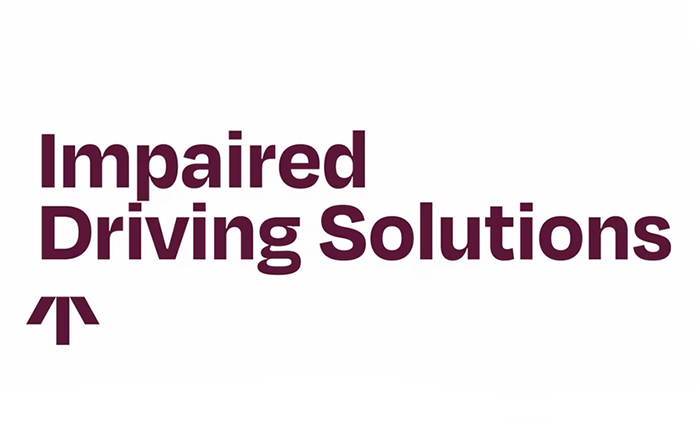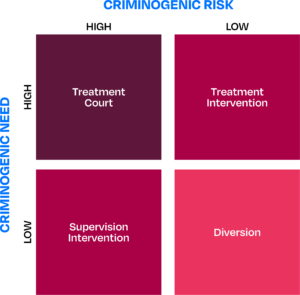)
Impaired Driving Solutions
We uplift communities by delivering curated solutions to end impaired driving
Our Approach
Impaired driving causes thousands of preventable deaths and injuries each year. For most impaired drivers, a single contact with the justice system is enough to compel them to change their behavior. But approximately 1/3 of all impaired drivers require more significant intervention to prevent them from continuing to pose a danger on our roads.
Impaired Driving Solutions partners with federal agencies, state highway safety offices, local jurisdictions, and leaders in the private sector to implement, expand, and improve evidence-based interventions that respond to impaired driving with the right combination of accountability and treatment.

Interventions At Every Intercept
From community services to community supervision and reentry, xix intercept points offer critical opportunities to apply evidence-based interventions for impaired drivers that reduce crime, reduce recidivism, and restore health and productivity to communities.
We implement interventions across every intercept that ensure those at risk of impaired driving are identified and routed to an appropriate, evidence-based response.
Understanding Risk and Need
Determining the right dose of supervision and treatment
Matching risk and need
Ending impaired driving will not be accomplished through a one-size-fits-all approach. Decades of research confirms that justice system responses should be matched with an individual’s risk of committing future crime, criminogenic needs like substance use and criminal thinking, and factors that will make them more or less likely to respond to treatment and support.
We help jurisdictions implement screening, assessment, and referral protocols to ensure impaired drivers are placed in the intervention most likely to produce the best possible outcomes.

Customized Training and Curriculum Development
We support a wide range of justice system and treatment training needs
IDS works with states and local jurisdictions develop in-person or virtual training for courts, attorneys, law enforcement, community supervision and corrections agencies, treatment providers, and other partners. Training curriculum is customized to meet your unique needs and built to ensure that the training content is practitioner-focused and actionable.
Reach out and let’s have a conversation.
Our Story
Impaired Driving Solutions was founded in 2007 to reduce impaired driving nationwide through a coordinated effort to promote both accountability and public health. While implementing, training, and supporting impaired driving treatment courts has always been at our core, we recognize that impaired driving is a multi-faceted problem requiring a range of justice interventions.
Impaired Driving Solutions and our team of experienced faculty have experience at every intercept of the system and are building actionable solutions aimed at saving lives.
